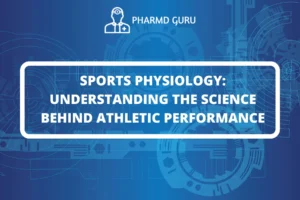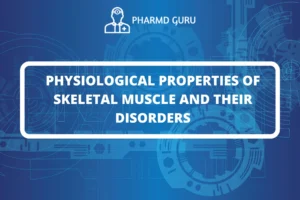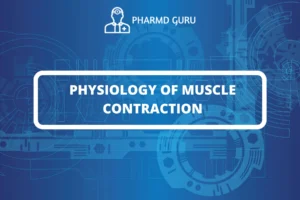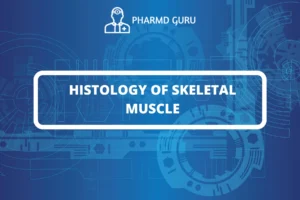Digestion and absorption are two interconnected processes that enable the human body to obtain essential nutrients from the food we consume. These processes involve the breakdown of complex molecules into simpler forms that can be absorbed and utilized by the body’s cells. In this article, we will delve into the intricacies of digestion and absorption, understanding how they work harmoniously to nourish our bodies.
SCROLL DOWN TO THE BOTTOM OF THE PAGE FOR ACTUAL NOTES
Table of Contents
- Introduction to Digestion and Absorption
- The Process of Digestion
- Mechanical Digestion: Breaking Down Food
- Chemical Digestion: Enzymatic Breakdown
- The Role of the Stomach in Digestion
- The Small Intestine: The Site of Absorption
- Absorption of Nutrients into the Bloodstream
- The Large Intestine: Absorption of Water and Minerals
- The Role of Gut Microbiota in Digestion
- Factors Affecting Digestion and Absorption
- Conclusion
1. Introduction to Digestion and Absorption
Digestion and absorption are vital processes that allow our bodies to extract nutrients from the food we eat and use them for growth, energy production, and overall health. These processes involve both mechanical and chemical actions.
2. The Process of Digestion
Digestion is the step-by-step breakdown of complex food molecules into smaller, more absorbable components. It begins in the mouth and continues throughout the gastrointestinal tract.
3. Mechanical Digestion: Breaking Down Food
Mechanical digestion involves the physical breakdown of food through chewing in the mouth and the churning movements of the stomach. This process increases the surface area of food particles, facilitating enzymatic actions.
4. Chemical Digestion: Enzymatic Breakdown
Chemical digestion relies on digestive enzymes that break down carbohydrates, proteins, and fats into simpler molecules. Enzymes like amylase, protease, and lipase play essential roles in this process.
5. The Role of the Stomach in Digestion
In the stomach, food is mixed with gastric juices containing hydrochloric acid and pepsin, which help break down proteins into smaller peptides.
6. The Small Intestine: The Site of Absorption
The small intestine is the primary site of nutrient absorption. It is lined with villi and microvilli, increasing its surface area for the efficient absorption of nutrients into the bloodstream.
7. Absorption of Nutrients into the Bloodstream
Nutrients, such as glucose, amino acids, and fatty acids, are absorbed through the walls of the small intestine and transported via the bloodstream to various organs and tissues.
8. The Large Intestine: Absorption of Water and Minerals
In the large intestine, water, electrolytes, and some vitamins produced by gut bacteria are absorbed, while undigested food material is further processed to form feces.
9. The Role of Gut Microbiota in Digestion
The gut microbiota, composed of beneficial bacteria, plays a crucial role in the breakdown of certain substances, the synthesis of vitamins, and the modulation of the immune system.
10. Factors Affecting Digestion and Absorption
Several factors can influence the efficiency of digestion and absorption, including age, health status, dietary choices, and gut health.
11. Conclusion
Digestion and absorption are complex processes that enable our bodies to derive essential nutrients from the food we eat. The harmonious interplay of mechanical and chemical actions ensures that nutrients are broken down, absorbed, and transported to where they are needed most. Understanding these processes is crucial for maintaining optimal health and well-being.
ACTUAL NOTES




